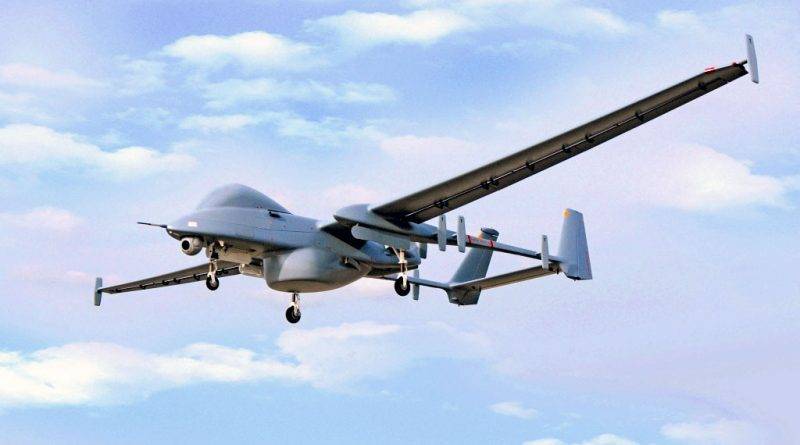The concept of using drones for delivery has gone from science fiction to tangible reality, marking an exciting development in logistics and transportation. As businesses continually seek faster and more cost-effective methods to deliver goods, drone technology offers a promising solution. It harnesses the potential for efficiency, speed, and operational simplicity, aiming to revolutionize the delivery landscape.
How Drones are Enabling Faster Deliveries
Drones, due to their ability to bypass traditional traffic jams and access remote areas, can significantly speed up delivery times. This capability is particularly advantageous for perishable goods, such as food or medical supplies, where timing is critical. The fast-developing drone technology allows companies to improve delivery efficiency, thereby increasing customer satisfaction and reducing logistical delays.
Technological Dependence and Connectivity
One of the most innovative aspects of drones for delivery is their integration with smart technology, including GPS systems and IoT infrastructure. This enables these unmanned aerial vehicles to navigate complex environments and ensure successful delivery to precise locations without human intervention. Connectivity to the internet allows realtime tracking and status updates, providing transparency and reliability to consumers awaiting their packages.
Challenges Facing Drone Delivery Systems
- Regulatory Hurdles: Aviation authorities worldwide are grappling with the regulation of airspace due to drone proliferation. Different countries have varied laws controlling where and how drones can be used, impacting their widespread adoption for delivery purposes.
- Weather Conditions: Harsh or unpredictable weather can impede drone operations. Wind, rain, and even extreme temperatures pose significant risks to drones, which require stable conditions to function optimally.
- Security and Privacy Concerns: The potential for misuse or unintended surveillance has raised privacy issues. Moreover, security concerns related to theft and interference need to be addressed to instill confidence in drone delivery services.

Innovative Solutions in Drone Delivery
Several companies are innovating with drone technology, experimenting with hybrid delivery methods that combine ground-based vehicles with aerial drones for last-mile delivery. This hybrid approach seeks to minimize limitations while maximizing the advantages of both transport modes.
Technological advancements such as improved battery life, enhanced obstacle detection, and automated route planning continue to push the boundaries of drone capabilities, making them more robust and adaptive to changing environments.
The Future of Drone Deliveries
The future is promising, as ongoing research and innovations increase the feasibility of delivering products using drones. Companies are exploring environmental benefits such as reduced carbon emissions, which become particularly relevant as industries aim for sustainability. The potential for quick, eco-friendly delivery can reshape how consumers interact with e-commerce.
Common Questions About Drone Deliveries
What are the current restrictions on drone deliveries?
Regulations vary significantly by region, affecting where drones can fly, their altitude, and times of operation. Future legal frameworks are likely to become more accommodating as technology advances and safety standards are established.
Can drones deliver in all weather conditions?
While drones are designed to handle a variety of conditions, certain weather patterns, such as heavy rain and strong winds, can affect their performance. Continuous improvements in technology aim to mitigate these issues.
How are privacy concerns being handled?
Companies are adopting measures such as geo-fencing and encrypted communication to prevent unauthorized access and ensure customer privacy during drone deliveries.